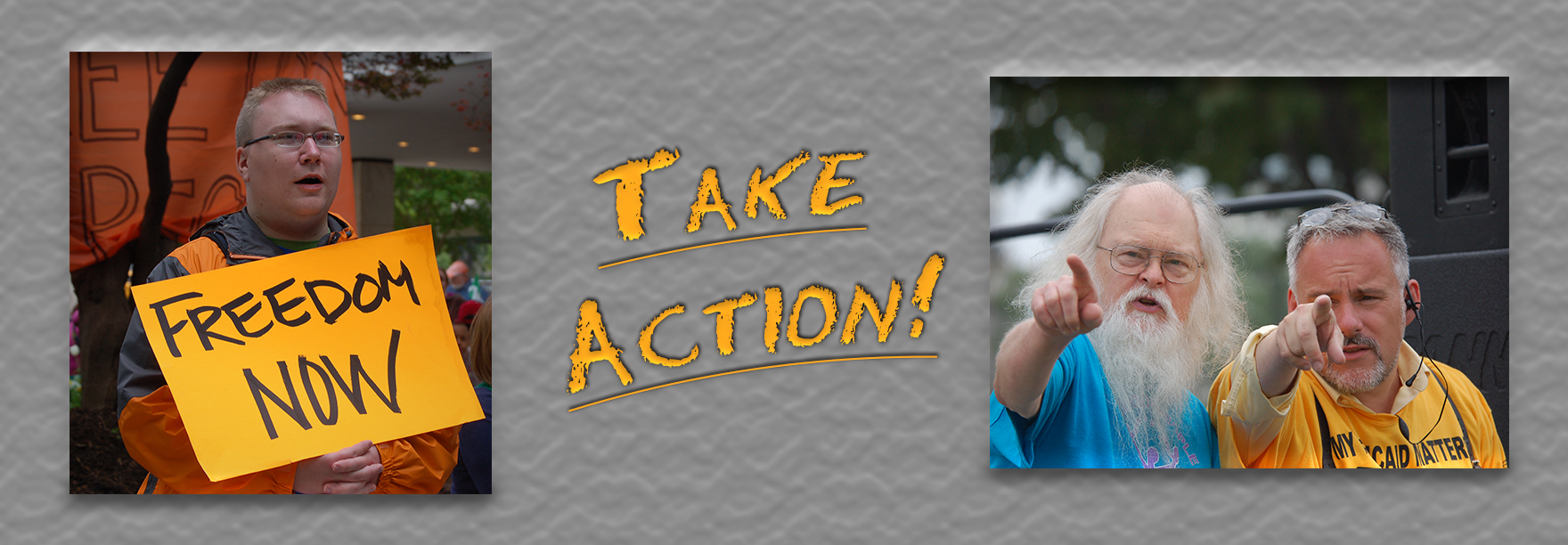Over the years our Executive Director, Maria Dibble, developed an advocacy toolkit. There are as many different styles of advocacy as there are people, and there are innumerable tactics and strategies that groups can develop to successfully promote and achieve their issues and goals. Below is a list of some tips and strategies that can help people along the road to empowerment through advocacy.
1. If possible, do not begin an advocacy effort/strategy from a confrontational position unless the situation warrants it and nothing else will be effective.
2. If an issue is volatile, take enough time to consider strategies and ramifications of actions. (Cooling off period.)
3. Be credible. Make sure you have the facts. Do your research before approaching public officials, businesses/agencies, etc.
4. Know the right people to talk to about specific issues.
5. Know all sides of the issue, not just the side that you support. Find out where the opposition is "coming from." Understand their reasons and positions as well as who else may share them.
6. Identify common ground with the opposition, then use your shared beliefs/values/needs as the basis for your proposals if possible. This can be very effective, since the opposition will have a much harder time arguing against your points.
7. Identify other stakeholders, people with whom you can make common cause to build coalitions when appropriate.
8. Ask for the moon and accept the stars. (Ask for the ideal solution but have a compromise position in mind. Know what you're willing to give up and on what points you absolutely cannot compromise.).
9. Try to resolve problems at the lowest level but don't hesitate to contact a higher authority if the problem is not resolved. (Go through the chain of command.)
10. Put the issues in writing and keep a copy. This should include your expectations about when you want a response and what steps you will take if you don't get one.
11. Always follow through on your time line (especially if you make threats or promises.)
12. Keep records (names, dates, etc.). of who you talk to, when you spoke, and the content of the discussion. It does not have to be lengthy.
13. Always attend important meetings with another person (witness).
14. Remember, The pen is mightier than the sword. Write letters to the editor of local newspapers, editorials in your agency newsletters and in any other publication where you can largely control the content of the article. This strategy is extremely effective, but can also create some volatile situations, so it should be used only when other things have been tried first.
15. When you get desired results, write thank you letters or give other appropriate recognition.
16. Be systematic and well organized. The more organized you are the better your chance of success.
17. Never forget the power of advocacy through infiltration. When you join boards/committees, etc., your issues become part of the group agenda, not merely "your" issues. It also serves to heighten awareness about access/accommodations, and keeps disability issues always out in the open.
18. When all else fails, never forget the power of the media. This should be used sparingly (usually as a last resort) and should be well considered. This strategy can backfire because we never really know how the media will present the issue. It can, however, also achieve great results.
Additional tools from Maria Dibble:







